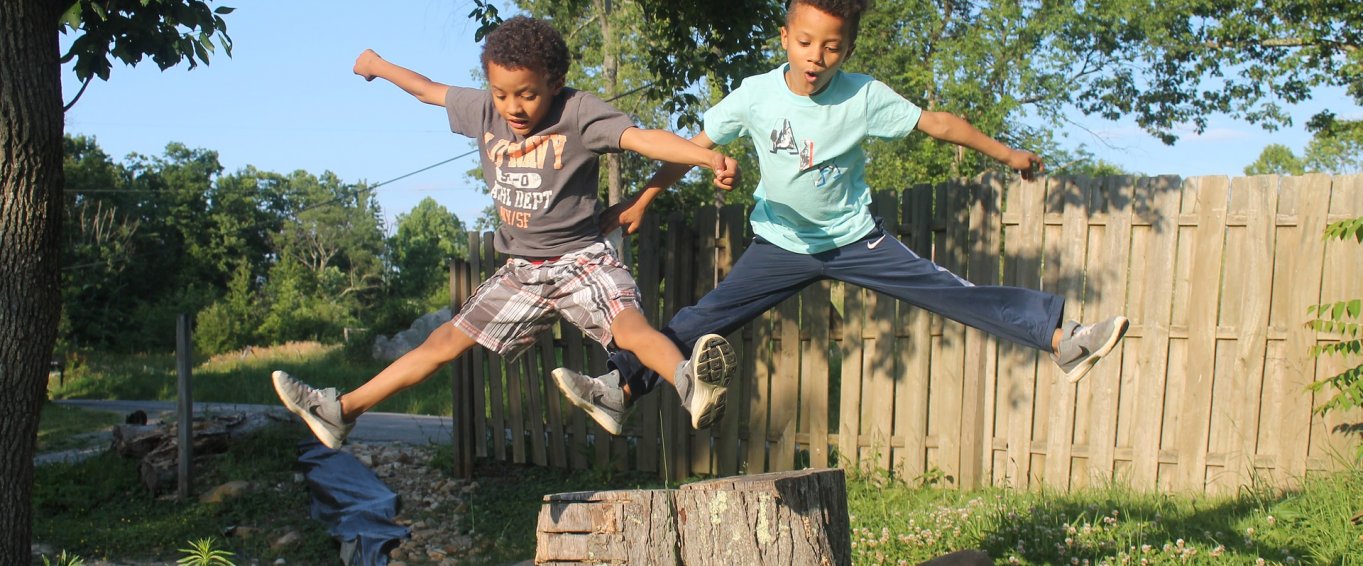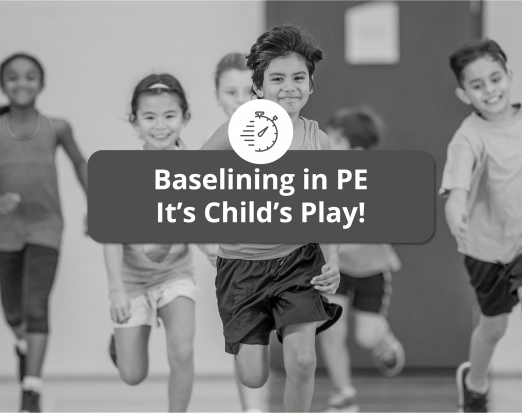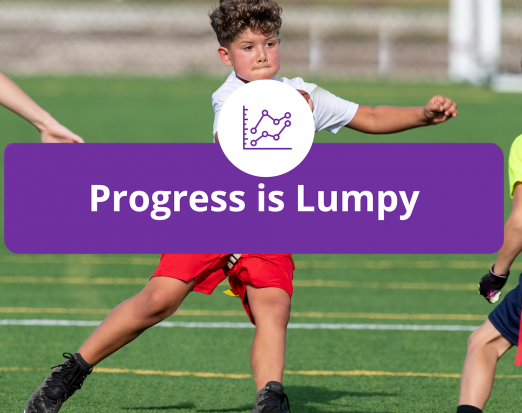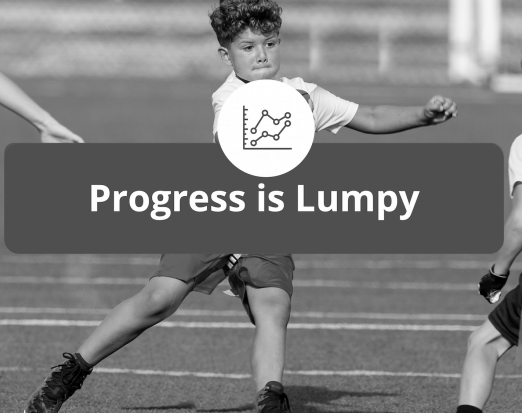Obesity, Poverty & the Power of Choice: Giving Kids a Healthy Education

Every day, there seems to be a new horror headline about child obesity. With the problem now at crisis level, there’s no ignoring the impact sedentary, calorie dense lifestyles are having on kids’ health. The epidemic is, perhaps, most visible for teachers. They’re the ones spending eight hours a day with youngsters and watching average waist size increase, year on year.
Teachers are acutely aware of the limitations associated with obesity. They’re assigned a huge amount of responsibility for it, even with dwindling budgets and little control over the social inequalities stunting communities. It’s a tough job, but one we hope schools can embrace.
It's true that many face an uphill battle. After a decade of public health campaigns, obesity rates are unprecedented. In 2017, government statistics revealed huge differences between affluent and deprived areas. It shows that policies designed to fight child obesity are failing to address the impact of social environment.
Childhood Obesity: A Modern Epidemic
Twenty years ago, obesity was viewed as a simple imbalance. It was caused by eating too much and moving too little. It was a disease for people with ample choice and no control. Today, we know better. Kids from deprived neighbourhoods, with fewer choices and opportunities, are actually 20 to 60% more likely to be overweight.
It’s a complex situation, with myriad influences, but choice is a central issue. Even modest portions can be destructive when heavily processed and full of saturated fat. Add the challenge of finding, affording, and making time for physical activities and you’ve got a perfect storm of inactivity and poor nutrition.
Presenting obesity as a purely personal decision ignores the fact social odds are stacked against low income families. Takeaways crowd into deprived neighbourhoods. Parents are tempted by multipack deals on crisps, sweets and ready meals. Even physiology creates traps. Doctors say obesity dulls the taste buds and drives a compulsion for more salty, fatty foods.
The Power of Supportive Environments
Poverty creates huge challenges for adults. They might as well be mountains for primary age kids with no impulse control or knowledge of nutrition. So, perhaps it’s time we stop asking who to blame. Our children don't choose diabetes, heart disease, asthma or impaired mobility. They’re shaped by the environments we build for them.
We have the power to change those environments:
1. Increase Participation in PE
Among primary age kids, PE participation is rarely an issue. Before adolescence, most are unselfconscious and eager to move. Obstacles are likely practical and easily solved with tactful policies. For example, it’s advisable to have a dress code for PE lessons. It ensures nobody stands out for their choice of clothing.
If possible, avoid branded shirts and trainers. Studies say plain plimsolls are better for the feet than modern trainers anyway. Keep spare kits for kids who break the dress code, forget their own or (most importantly) struggle to afford or maintain one. Sickness and injury are the only acceptable reasons to miss timetabled physical activity.
2. Build a Healthy School Culture
In 2017, a New York study found water fountains in lunch halls are more effective than taxing sugary drinks and serving low calorie meals. This is backed up by nutritionists, who say limiting drinks to water can significantly reduce obesity levels. On average, the strategy costs schools £12 per pupil. It’s proof that positive change can be simple and affordable.
Other schools are fighting inactivity by adding movement to core lessons. Primary schoolers are naturally fidgety. Why not harness that energy and use physical activity to enhance English, Maths and Science? Our Movement of the Day videos are a fun way to reduce sitting time in the classroom.
3. Invest in the Future
In isolation, food bans and controls have a limited impact. Treating the symptoms of the epidemic – obesity, heart disease, mood disorders – is necessary but it doesn't change the social factors driving unhealthy habits. It's easy for a school to ban crisps, pop and sweets. The problem is, kids will just gorge on them at home if options and knowledge of good nutrition are scant.
It's clear that schools can't fix the obesity crisis alone.
However, fitness monitoring (via apps and digital platforms) can turn a seemingly impenetrable problem into one with actionable solutions. Collecting and collating PE scores, grades and stats is a great way to identify tangible goals. Any health programme is more likely to see success if you know what needs to be improved, how much work is involved, how long it will take and what impact it will have on future performance.
Amaven specialises in physical conditioning for primary schools. With our digital platform, it’s easy to monitor fitness, build bespoke PE programmes and transform the lives of your pupils.
Call us on 0161 300 9172 or email info@amaven.co.uk to request a demo. The first eight weeks is FREE!





